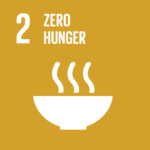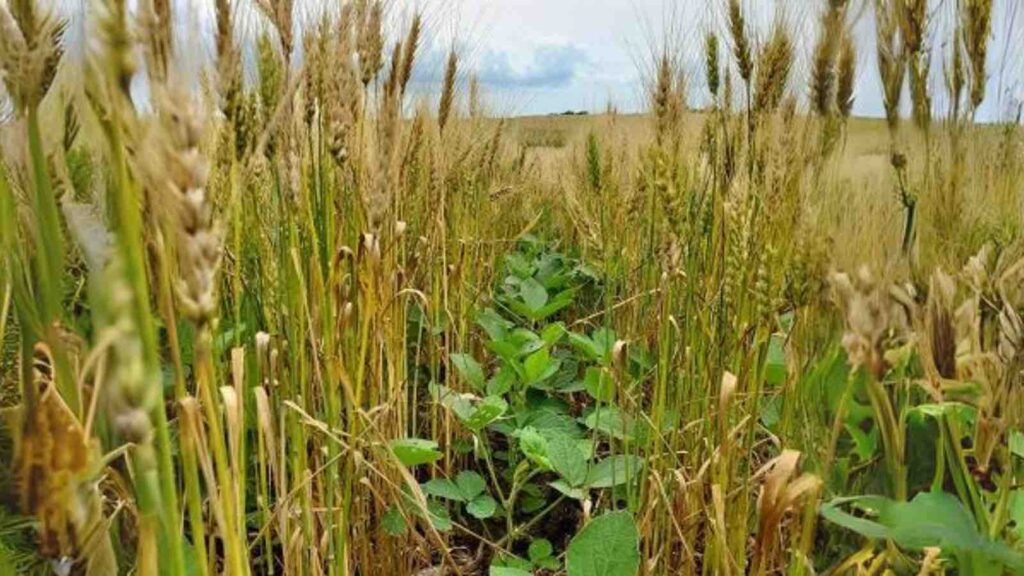Multi-cropping has many associated benefits. It adds opportunities for producers to increase diversity to crop rotations, creates additional economic opportunities, reduces input costs and weed pressure, mimics nature and builds soil health.
In a remarkable demonstration of sustainable agriculture, Ravindra Singh, a senior scientist at the Indian Council of Agricultural Research (ICAR) in Kolhapur, is leading the way in showing farmers how to achieve extraordinary crop diversity and yield on surprisingly small plots of land. Through his latest experiment in multicropping, Singh and his team have successfully cultivated an astounding variety of 120 different crops on just one hectare of land. This innovative approach, which includes grains, vegetables, and oilseeds, has the potential to sustain 80 families, all without the use of chemical inputs, showcasing the power of natural farming.
RELEVANT SUSTAINABLE GOALS




Multiple cropping could help feed the world
As the global population and food demand soars, the challenge of feeding and nourishing an ever-expanding populace intensifies. Addressing this issue requires a multifaceted approach: enhancing food accessibility, curtailing food waste, and ramping up food production, all while treading lightly on our planet. A promising solution lies in multiple cropping—a technique where farmers cultivate a variety of crops in succession on the same plot within a single year. This practice not only boosts production and income but also fosters a range of ecological benefits, including enriched crop diversity, optimized agricultural system functions, conservation of land for biodiversity, and a diminished reliance on chemical fertilizers and pesticides.
Despite its advantages, multiple cropping carries inherent risks, such as heightened chances of crop failure and potential environmental harm. This method is hardly novel, finding particular favor in the tropics and subtropics. Yet, its adoption could be broadened significantly, empowering more farmers to amplify and diversify their output. Until recently, the prevalence and impact of multiple cropping have eluded scientists, obscuring its footprint in global food supply models and assessments of its environmental implications.
Singh, in an interview with The Plate, elucidates the principle of multicropping as the cultivation of more than one crop in the same space during a single season, highlighting its resilience. In the Kolhapur region, traditionally dominated by sugarcane, the introduction of additional crops like Jowar and gram alongside the mainstay sugarcane offers a safety net, ensuring that if one crop fails, others may still thrive. This strategy, tailored to the local ecosystem, culminated in the selection of 120 crops, all grown organically.
The excessive use of chemical fertilizers and pesticides, as Singh points out, disrupts the ecosystems and hampers crop production. With India’s expenditure on chemical fertilizers topping 2 lakh crore rupees (approximately 24 billion USD) last year, the shift towards organic farming presents a viable alternative. Though organic practices may slightly reduce yield by 10-15%, they significantly cut input costs by 20-25% and increase the market value of the produce by a similar margin. The ultimate reward, according to Singh, is the enrichment of the soil itself, underscoring the environmental and economic benefits of multicropping and organic farming
Lead image courtesy of Iowa State University
You may also be interested in :
Solar Water Pumping For Sustainable Water Supply : 5 Things You Should Know


